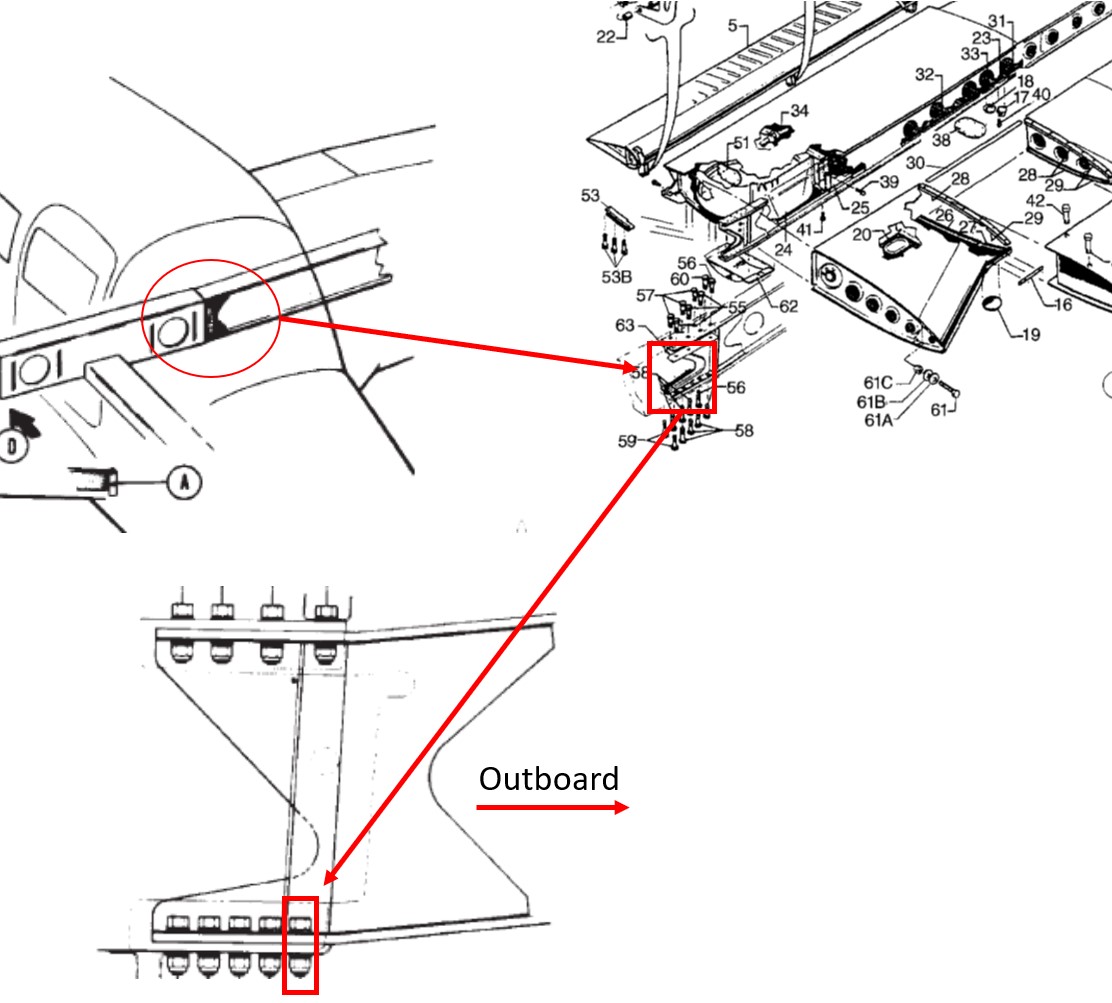The US National Transportation Safety Board (NTSB) has identified metal fatigue as a factor in the in-flight structural failure that led to the crash of a Piper PA-28R-201 Arrow on 4 April that killed a student pilot and an instructor. The agency issued a preliminary report this week.
The aircraft, owned by Embry Riddle Aeronautical University, in Florida, had just done a touch-and-go landing as part of the student’s commercial pilot single-engine land practical test. Conditions at Daytona Beach Airport were light winds, few high clouds and 16 km visibility.
From the NTSB preliminary report: ‘According to multiple witnesses, all located within 2500 ft (750 m) of the accident site, they saw the airplane flying normally, then watched as the left wing separated from fuselage. The fuselage impacted a field, while the wing descended separately and landed in an adjacent field.’
The NTSB’s preliminary examination of the left wing main spar revealed that more than 80 per cent of the lower spar cap and portions of the forward and aft spar web doublers ‘exhibited fracture features consistent with metal fatigue’. Other parts of the wing assembly showed signs of overstress failure.
‘The fatigue features originated at or near the outboard forward wing spar attachment bolt hole.’ None of the surfaces exhibited visible evidence of corrosion or other pre-existing damage. The right wing also exhibited fatigue cracks in the lower spar cap at the same hole location.
The aircraft had been made in 2007. ‘The airframe had accumulated 7690.6 hours of operation at the time of the accident, and 28.3 hours since its most recent annual inspection, which was completed on March 21, 2018,’ the preliminary report says.
CASA Engineering Services Manager, Pieter van Dijk, said the crash was a grim demonstration of how ageing aircraft safety was a complex issue. ‘This tragic event is a reminder that an aircraft’s age, in safety terms, relates not just to its chronological age, but also must take in factors such as (take-off and landing) cycles, type of operation, usage environment, storage environment and maintenance,’ he said.
Van Dijk said CASA would pay close attention to the NTSB’s ongoing investigation.
As in all its preliminary reports the NTSB issued a standard disclaimer: ‘This is preliminary information, subject to change, and may contain errors,’ it said.


